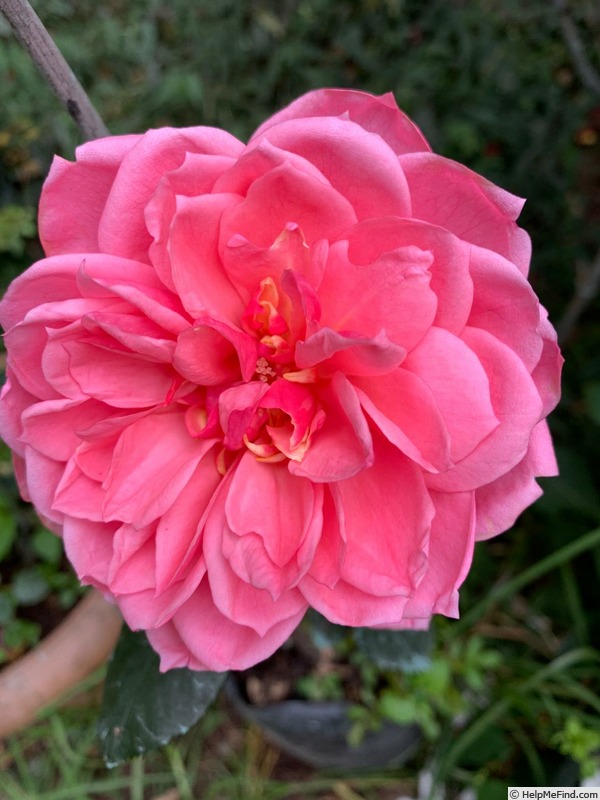|
|
'VIRcutflower' rose Description

Photo courtesy of Kim Rupert
Bloom:
Salmon-orange and pink. Mild fragrance. Average diameter 3". Medium, double (17-25 petals), borne mostly solitary, expanded , fluted petals, open, quilled bloom form. Blooms in flushes throughout the season. Medium buds.
Habit:
Short, bushy, few or no prickles/thorns. Small, glossy, dark green foliage.
Growing:
Disease susceptibility: very disease resistant.
Breeder's notes:
In Kodaikanal the name ’Levinge’ is a hallowed one. The hill-station of Kodaikanal (in Tamil Nadu State of southern India) where we have lived for over 40 years, owes its existence to this colonial government officer—Sir Vere Henry Levinge (1819-1885). The little settlement (on one of the Palni Hills mountain range, which is an eastern offshoot of the Western Ghat mountains which is a long stretch of 1600 km (nearly 1000 miles) all along the western peninsular coast of India) had been started earlier (early to mid 1800s) as a safe refuge for Western Christian missionaries (from Europe and USA), from the mosquitoes of the South Indian plains. But it was only when Sir Vere came to live on this hill top, in 1867, after retiring from a long and illustrious civil service career, and took an active interest in making it more habitable by creating, among many other good deeds, a beautiful lake in the heart of the township, that the ‘hill station’ of Kodaikanal took off and became a prestigious tourist attraction. Our ‘five-fingered’ star shaped lake is justly famous as it lies in a hollow in the centre of town and catches the rain water from seven or more streams pouring down the surrounding hill slopes, and ensures that water scarcity is not an issue, either for the town’s denizens, or for the residents of villages all the way down to the plains, for Sir Vere, in his sagacity, built a dam and ensured that water flowed down to the plains. Verily he is considered a God, and there are even temples built to worship him. Viru felt he had to honour this visionary benefactor of our town, so some years back he named a magnolia he had bred ‘Sir Vere Henry Levinge’. We have a beautiful specimen growing in our garden, we plan to plant one in the temple dedicated to Levinge’s memory, and we plan to send a plant across to Ireland, his home country.
Since roses were Viru’s main passion and the crux of his hybridising work, how could he not think of naming a rose for Sir Vere Henry? He had been observing and testing a seedling he had bred in 2016 which he had codenamed VIRCUTFLOWER. S. No.258. Seedling No 338.16 ‘Naga Belle’ x an unknown pink cut-flower rose we grew in our Hosur (near Bangalore) garden x R gigantea.
The flowers have a luminous quality, of a lovely deep salmon orange and pink, fully double with pointed petals, in a star like form, growing on a sturdy shrub. The foliage surprisingly is small- sized, and deep green, with a few prickles, and a rather enchanting fragrance.
I know Viru would have wanted this rose seedling to be named ‘Sir Vere Henry Levinge’ since he had many times expressed this desire.
I would like to propagate this rose so we can distribute it to gardens and places associated with Sir Vere Henry Levinge.
Patents:
Patent status unknown (to HelpMeFind).
|